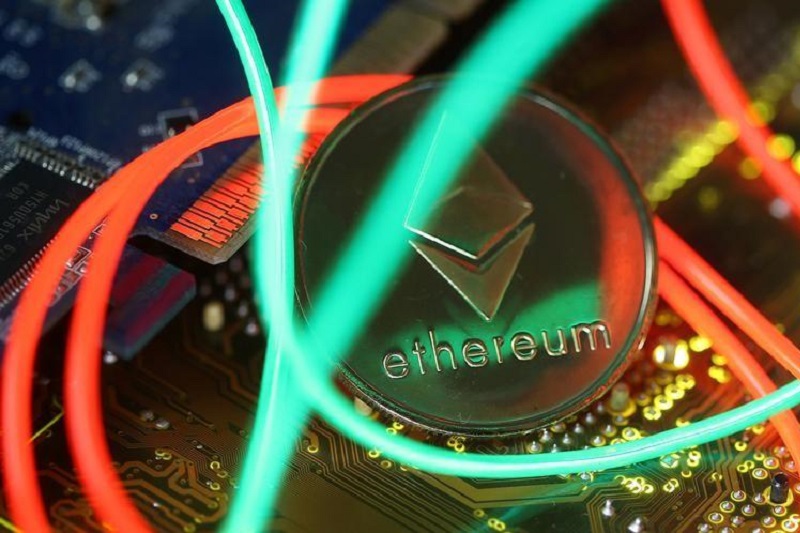March 2024 marks a turning point for the decentralized finance (DeFi) sector amid a transition from a prolonged "DeFi winter" to a potential "bull summer." This change is not merely about recovery but indicates a major shift towards a more rational, efficient, and risk-aware market.
A notable trend is the move away from chasing high yields to focusing on safer investments, with 75% of DeFi's total value locked (TVL) now in pools offering modest returns between 0-5% APY, according to Exponential.fi
This conservative strategy, especially in Ethereum staking pools, reflects a fundamental change in investor behavior, now favoring predictability and safety over speculative gains. The rise in TVL from $26.5 billion in the third quarter of 2023 to $59.7 billion in early 2024 also highlights a renewed confidence in DeFi, noted Exponential.fi
The ongoing rebound is partly attributed to staking, lending, and market making activities, each adapting to the challenges and opportunities presented by the current market dynamics.
Meanwhile, staking has become a crucial element of DeFi's expansion, especially after Ethereum's transition to a Proof-of-Stake model. The introduction of restaking through platforms like EigenLayer, which allows stakers to secure additional networks, has bolstered Ethereum staking's appeal, despite the natural yield declines due to increased participation.
The lending domain within DeFi also saw a revival, thanks to a collective inclination towards higher yields, spurred by stablecoin borrowing rates reaching double digits on platforms like Aave and Compound. Innovations and the introduction of isolated markets have played a crucial role in this recovery coupled with upgrading user security and confidence.
Market making and impermanent loss dilemma
While decentralized exchanges (DEXs) have seen moderate growth due to concerns over impermanent loss, advances in capital efficiency and the popularity of stable pools suggest a pathway to overcoming these challenges. This indicates a temporary setback rather than a long-term decline, with the DeFi market continuously adapting.
Bridging has seen strong growth as well, boosted by the rise of Layer 2 solutions, which improved the DeFi ecosystem's integration across networks. This sector's maturation is evident in the shift towards more secure and efficient bridging models in a push to streamline the DeFi landscape.
The DeFi market is gradually moving away from rewards-based yields to those driven by actual on-chain activity. This shift suggests a more sustainable growth trajectory, supported by genuine economic activities rather than mere incentives.
